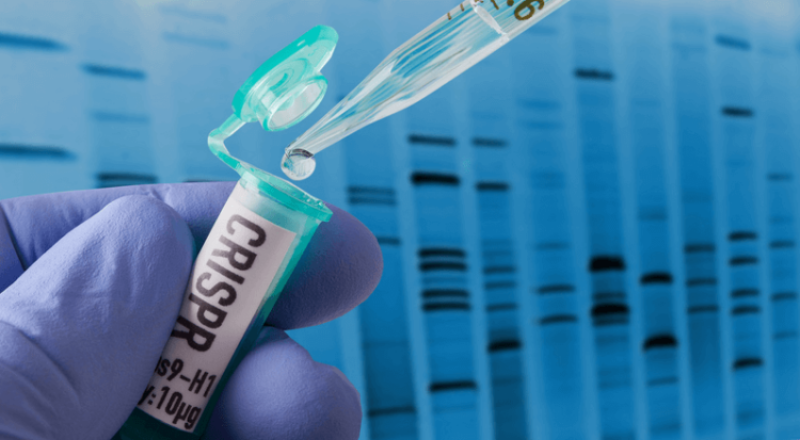Over the past decade, thousands of people have agreed to be genetically engineered in experimental trials to develop these treatments — and to save their lives. Famously proposed 50 years ago, such fixes, or gene therapies, began earnest development in 1989. After fits and starts, the first real cures for children born with no functioning immune system arrived in the early 2000s.
Several approved gene therapy medicines now exist. All involve taking a virus, replacing its harmful contents with a disease-treating gene, and injecting it into a person (or exposing the person’s cells to that virus in a dish and putting them back). Though effective, these treatments remain cumbersome to build and jaw-droppingly expensive: One recently approved gene therapy for people with an inherited bleeding disorder costs a record-breaking $3.5 million for a single-use vial, making it the most expensive drug in the world.
But the question is: Will they?
There are up to 400 million people worldwide affected by one of the 7,000 diseases caused by mutations in single genes. Scientists owe them and their families honesty about the chasm between a test tube in a lab and an IV line in a hospital. The greatest obstacles are not technical but legal, financial and organizational.































